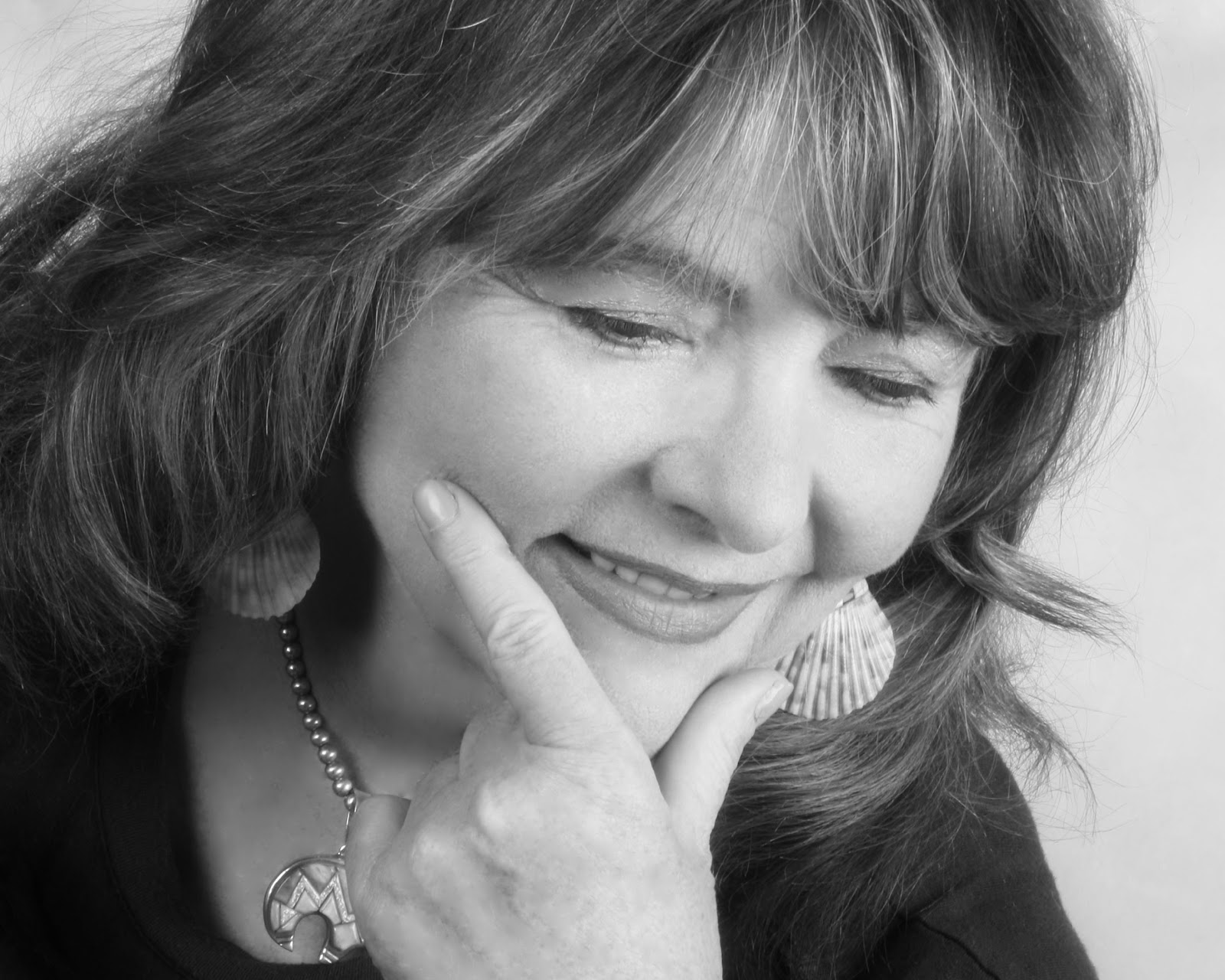Some information may be outdated.
In 1992 a group of citizens initiated the process to change Grand County’s form of government from a three-person commission to a seven-person council, with five members representing districts and two serving at large. This was a legal act allowed under the Utah State Constitution and Utah Code at the time. It was prompted by several concerns.
One was that three people did not provide enough varying views to represent our diverse community. Another was that many people in our county were unaffiliated voters who did not want to have to declare a party loyalty in order to serve as an elected official. It was hoped that by having one member elected from their district, each citizen would feel better represented. This is the way school board members are elected. Another hope was that by removing partisan politics there would be less “us and them” rhetoric when discussing issues facing Grand County and more coming together as a community to solve them.
The proposal to change the form of county government was not supported by either of the political parties, who felt it would weaken them not to have partisan elected officials from the county level and would definitely give them less control over who ran for the offices in the county. The proposal was put to a vote of the people and passed.
Over the years individuals from very different backgrounds and with varying ideas on how the county business should be conducted have served on the council. It is quite interesting to see who was on the Grand County Council during each two-year period between elections. Go to grandcounty.ut.lwvnet.org and scroll down to Grand County Commission and Council, 1987 to present, to see this list. You will probably see many friends and neighbors. The Council sometimes had a conservative majority, sometimes progressive, and sometimes split. People did not always vote along ideological lines, for in realty, 85 percent of the day-to-day decisions made are not controversial, but are just about doing basic county business.
It seems to me the 39 people who have served since 1992 have, for the most part, been concerned, dedicated citizens who tried to guide the county to the best of their ability. Did they make mistakes? Could certain things have been handled better? Of course, to both of these, for no government always works smoothly. But to claim this form of government was totally inefficient and ineffective is misleading. I would like to point out some of the projects accomplished by the county or though county and city partnership since 1993.
A few were funded by local taxes, but many were cooperative projects with federal, state and grant monies funding them. Some of these projects are: Grand County Library, Grand Center, Moab Regional Hospital, Moab Aquatic and Recreation Center, New Food Bank, Cinema Court Apartment, Klondike Landfill, renovations of Star Hall, Moab Information Center, Canyonlands Care Center, Moab Area Project for Seniors, Rock Ridge Senior Housing, new Canyonlands Field Airport terminal and runway, moving the UMTRA tailings pile, bike trails in the county, Sand Flats Recreation Area, composting facility, Resource Management Plan, facilitating a new firehouse in Thompson, new Grand County Jail, continuing the work of the Film Commission, renovation of Lions Parks and Moab Art Trails, and support for creation of a vibrant tourist economy. This is far from a complete list.
We are not the only county with this form of government. Morgan, Cache, Salt Lake, Summit and Wasatch County also have a council form but are partisan with no term limits. Although not perfect, our form of government has been the form the majority of voters in our community have supported for over the last 25 years.
Mary McGann, Grand County Council Chair, presents this editorial as a private citizen.
“Although not perfect, our form of government has been the form the majority of voters in our community have supported for over the last 25 years.”
Appreciate the coverage? Help keep local news alive.
Chip in to support the Moab Sun News.



